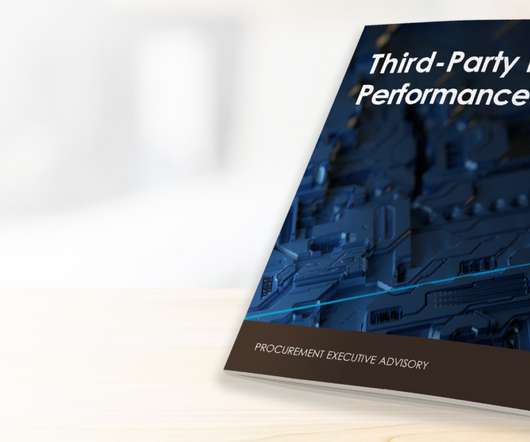Top 10 Foundational Steps To Building A Strong Procurement Strategy
The Procurement School
JANUARY 12, 2023
Author: Liz Busch Do you feel that your organization may not be strategically procuring the goods, services and construction it needs? Look for trends, where the organization is buying similar commodities through independent solicitations or direct awards and entering discrete contracts and purchase orders for each.
















Let's personalize your content